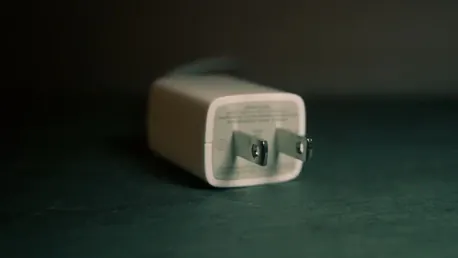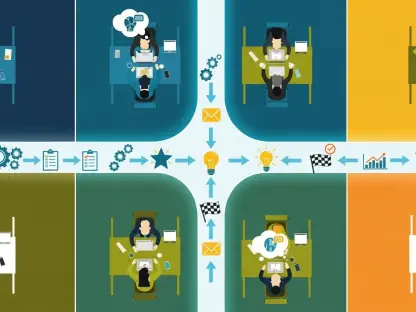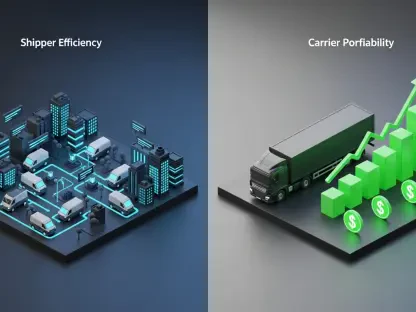Imagine you’re already at the bus stop when the thought suddenly hits you: Did you leave the iPad charging in the living room? If you’re a bit forgetful and often have to turn back at the lobby to double-check your home appliances, a smart plug could save you a lot of trouble. These handy devices not only give you peace of mind but can also optimize your home’s energy usage, thereby saving you money in the long run. Essentially, smart plugs allow you to control your appliances remotely or on a schedule, ensuring they are only running when necessary.
These plug-ins prove especially useful when you’re on holiday. You might want to turn lamps on at night to maintain the appearance that someone is home to deter potential break-ins. Perhaps your prized plants require specific lighting conditions to thrive, and maintaining these conditions while you’re away could be easily managed with a smart plug. Beyond just convenience and security, smart plugs also enable you to manage electricity consumption more efficiently.
How Do Smart Plugs Work?
A smart plug essentially connects a home appliance to an app via Wi-Fi, enabling you to control when to switch it on or off remotely. In short, they transform your regular home appliances, like electric kettles, lamps, fans, and irons, into smart devices. Most importantly, they do this at a fraction of the cost of buying entirely new smart devices. According to Associate Professor Sanjib Kumar Panda from the National University of Singapore’s College of Design and Engineering, Department of Electrical and Computer Engineering, smart plugs come with built-in intelligence that can verify the electrical load, identify its registered owner, and even verify if the owner is authorized to access the power.
This means the technology in smart plugs is far from simplistic. They do a lot more than just providing remote on/off capabilities. They can analyze the electrical load and ensure that only authorized people are able to control the appliances connected to them. This intricate backend operation keeps your home safer and more efficient, proving that smart plugs are a smart investment for those looking to modernize their homes.
How Do You Set Them Up?
Setting up a smart plug is typically straightforward. You begin by plugging the device into a wall socket and then plugging your appliance into the smart plug. Using your smartphone, scan the dedicated QR code that comes with the plug, and you’ll be prompted to download an associated app. The app will guide you through the pairing process, which can include setting schedules, remote control, and even voice activation through smart assistants like Amazon Alexa, Google Assistant, or Apple Siri.
From here, you can manage the device’s power remotely or automate it to operate on a set schedule that’s tailored to your specific needs. Some smart plugs also come with energy-monitoring features that track how much electricity the connected device is using. This is particularly useful for optimizing energy usage and cutting down on unnecessary electrical consumption, providing not only convenience but actionable insights into your household’s energy habits.
What Home Appliances Are Suitable?
Smart plugs are ideal for a wide range of electrical devices, including standing fans, desk and floor lamps, aquarium and grow lights, electric kettles, coffee makers, phone chargers, air purifiers, dehumidifiers, TVs, and even holiday decorations. However, it’s advisable to avoid pairing them with high-power appliances like refrigerators, air conditioners, washing machines, and microwave ovens. These high-power devices typically require dedicated circuits and could overload a smart plug, posing a safety risk.
Additionally, if you’re using a power strip, ensure the total wattage of connected devices doesn’t exceed the smart plug’s rated capacity. Overloading a smart plug can damage both the device itself and the appliances connected to it. Sensitive electronics such as computers, gaming consoles, and audio equipment may also not be suitable for use with smart plugs. Cutting power abruptly to these devices could lead to data loss or corruption. Therefore, careful consideration should be taken when choosing which appliances to manage with smart plugs to balance convenience and safety.
What to Look for When Shopping for Smart Plugs
When shopping for smart plugs, consider whether you already have a smart home platform such as Apple HomeKit, Samsung SmartThings, Amazon Alexa, or Google Assistant. Checking compatibility ensures seamless integration with your existing home systems. Another important consideration is the placement of the smart plug. While manufacturers have made designs sleeker, some models remain bulky and could block access to other outlets. If you intend to hide them behind furniture, remember that they will add a few centimeters to the wall plug depth, so you might need to make additional space.
Overall, smart plugs offer a simple, cost-effective way to modernize your home, improving energy efficiency and overall convenience. They allow for precise control over appliances, making it easier to ensure you’re only using electricity when needed. With smart technology continuing to evolve, these intelligent plug-ins represent a small but significant step toward smarter, more efficient living spaces.









